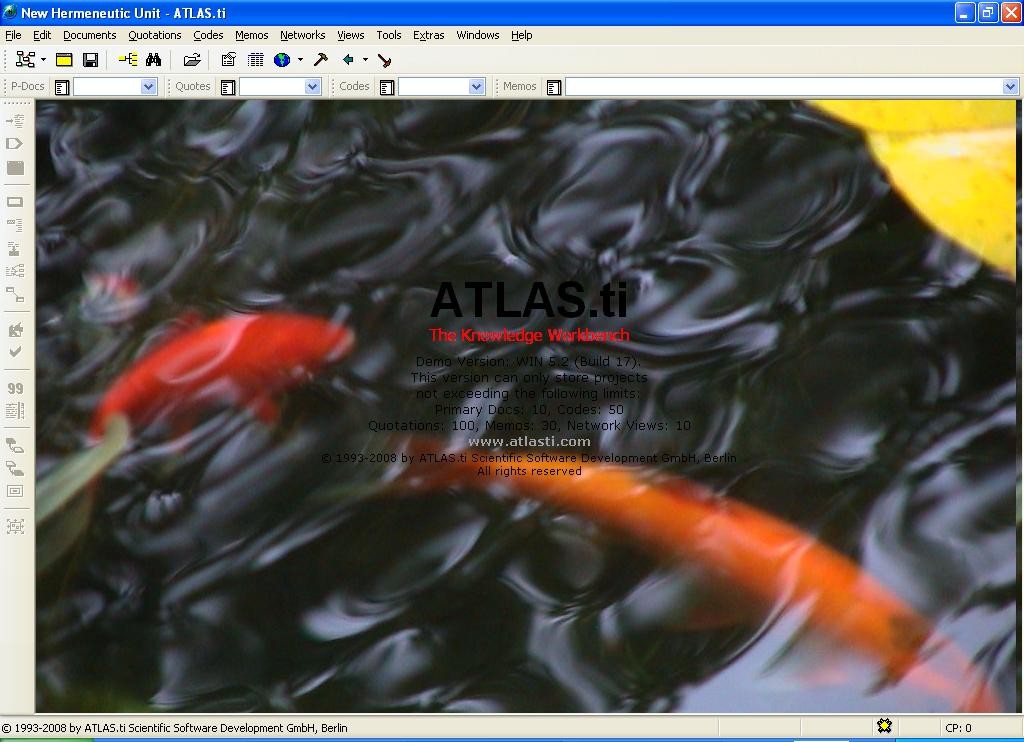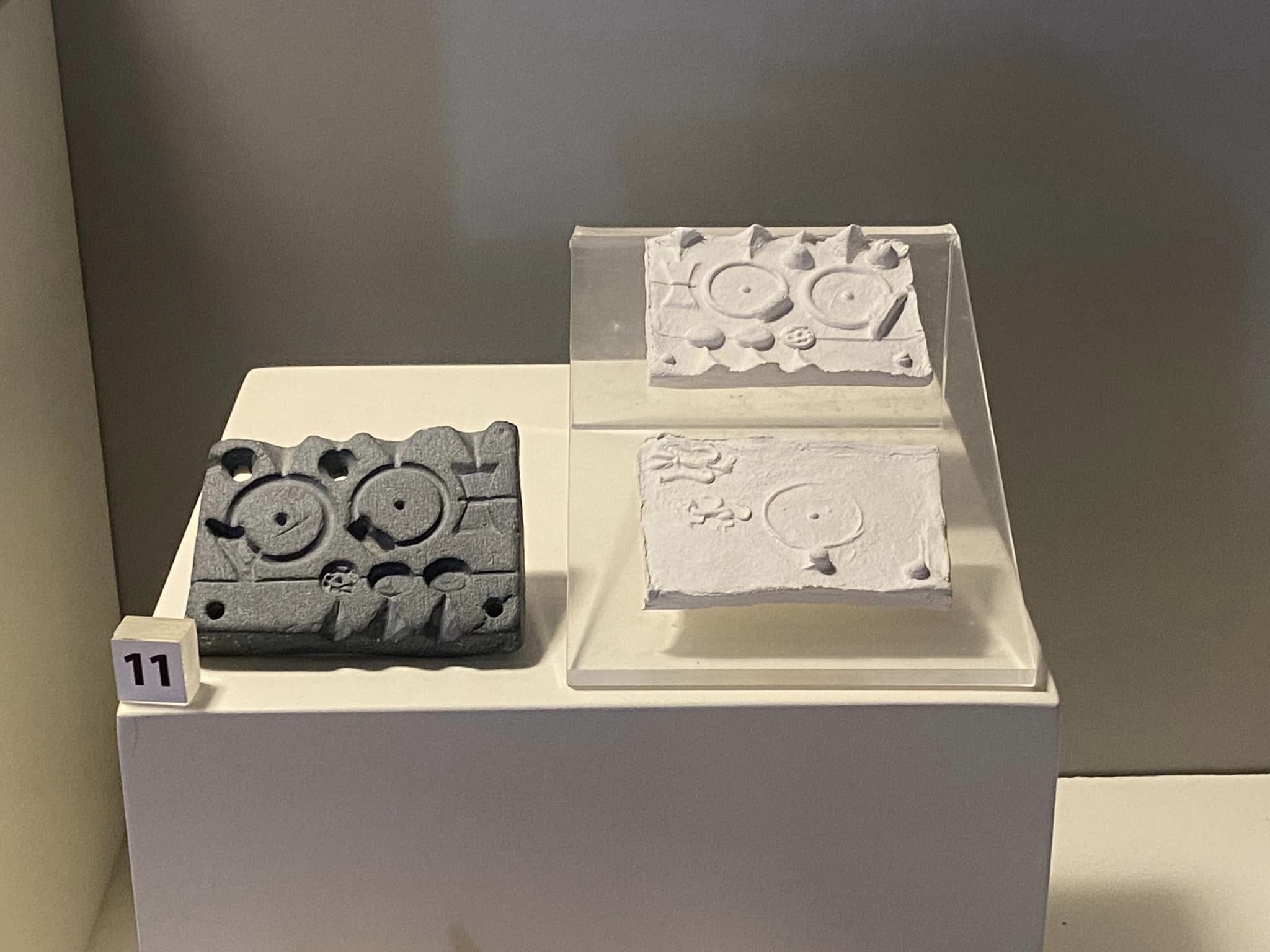
Interest in using digital tools in qualitative social science research is not necessarily new, but appears to be steadily increasing. For example, this year’s International Congress of Qualitative Inquiry has a Digital Tools Special Interest Group, and the journal Qualitative Research has an upcoming Call for Papers for a special issue on the topic of Qualitative Methods and Data in Digital Societies.
One might say that the term “digital tool” in relation to qualitative research is unnecessarily broad – certainly, conducting an interview over Skype is using a digital tool, and so is recording an interview in person with your phone’s audio recording tool, or even writing up your results in a word processor! For the purpose of this post, I’ll be focusing on several types of tools that are involved in the analysis stage of a research project. Thus, I won’t discuss digital tools that help you gather data or disseminate findings. However, those may be topics for future blog posts and already have been touched on by a few previous posts on Tagging the Tower (e.g. visually representing findings, or presenting them in a digital dissertation)
Types of Tools
Some digital tools may be familiar to most qualitative researchers by now, especially programs like Atlas.ti, NVivo, or MAXQDA, which belong to a group of tools that were initially designed to generally recreate the practices of pen and paper qualitative research – but there there are other possibilities as well! Gregor Wiedemann’s typology of 4 ways of classifying computer-assisted analysis of textual data published in Forum: Qualitative Social Research is a great introduction to the many different kinds of digital tools available to qualitative researchers, even if his focus on text does occlude the possibilities of audio, visual, and spatial data analysis.
While some of the tools Wiedemann discusses (as well as certain functions in the ones mentioned above) go beyond merely managing data, and in their computerized analyses may seem to veer into the territory of quantitative research, I would argue this isn’t a problem for two reasons:
- New Tools, Same Epistemologies/Ontologies: Using tools that engage in computerized analyses of qualitative data does not necessitate a departure from the epistemological and ontological stances of qualitative social scientific research. While social scientists using qualitative approaches draw on a wide array of understandings about what data is useful evidence and how different kinds of data relate to the nature of social reality, coding data in a digital program or even analyzing it using an algorithmically derived model does not inherently violate the assumptions of most qualitative paradigms. Thus, the findings of a computer-assisted analysis of a corpus of qualitative data is not regarded as an observable, universal fact, but rather as a particular way of seeing a particular set of records of human actors engaging in processes of constructing meanings, undertaken with particular motivations and values under particular structures and constraints.
- Flipping the Script: Qualitative methods have often been used in exploratory stages of research to develop hypotheses that will later be tested quantitatively. Computer-assisted analysis of qualitative data can flip the script, or engage us in a polymorphous practice of “going both ways,” and use quantitative analyses (e.g. a word frequency count of the most common words in a corpus of interview transcripts, or a “keyness” analysis which identifies words that are overrepresented in a set of documents compared to a corpus that is thought to be representative of language use in that particular context) to identify relevant topics or themes that can be explored and interpreted in more depth using traditional qualitative approaches. Sometimes quantitative analyses are the beginning, not the end, of social scientific research.
Perhaps my description has inspired an interest in digital tools you didn’t know you had, assuaged some of your concerns, or you were totally already on board? If so, and you want to use a digital tool in qualitative analysis? Awesome!
First, you need to figure out what you want to do – this will determine which tool will be appropriate for you project. Are you interested in coding your data and having a searchable database of codes that you can visualize spatially? Do you want to use audio or visual data? Do want to engage in topic modeling or other text mining approaches?
Next, you’ll need to determine which tools will be able to fit your needs; and how you’ll be able to access them. The Computer-Assisted Qualitative Data Analysis Software (CAQDAS) Networking Project has a very useful series of reviews that may help with the process. Much of the software they review, however, is proprietary and licensed, meaning that you’ll have to pay for it, and its underlying structure is not open to the kind of scientific review and debate that many of us accept as best practices in research.
In regard to licensing and costs, the GC has Atlas.ti., one of the most established and widely used CAQDAS programs, installed on most computers and also available to your computer remotely via Citrix. In addition, Linguistic Inquiry and Word Count (LIWC), a program designed by a psychologist to identify psychologically relevant patterns in text, is installed on all computers in the psychology department computer rooms. Furthermore, QDA Miner, a newer program with robust capabilities (especially in conjuction with its WordStat and SimStat add-on modules) is available on 5 of the computers in room 5487. There is another post on Tagging the Tower that discusses QDA Miner’s possible uses here.
Some tools, however, are free and/or open source. QDA Miner has a free version with limited functionality available. Many other mainstream CAQDAS packages have free trials for limited times and lower rates for students. Weft QDA is a both free and open source tool for the analysis of textual data, but is unfortunately no longer being developed/updated. If you’re interested in particular kinds of analyses, there are several free and/or open sources options available. AntConc is a popular concordance tool that is free, and MALLET is a robust free and open source software for natural language processing, document classification, clustering, topic modeling, information extraction, and other machine learning applications to text.
Many more resources to help choose which tools are most appropriate for your project are available at the Computer-Assisted Qualitative Data Analysis Software Networking Project and Online QDA sites. And of course, you’re welcome to come to the GC Digital Fellows office hours to discuss your project.
Regardless of which tool you use or which approach you take, I would love to hear about your experiences with using digital tools in your work. Contact us or drop in!
Images Creative Commons via David Mulder, Christian Jensen, and Timothy Terway respectively, via Flickr.







